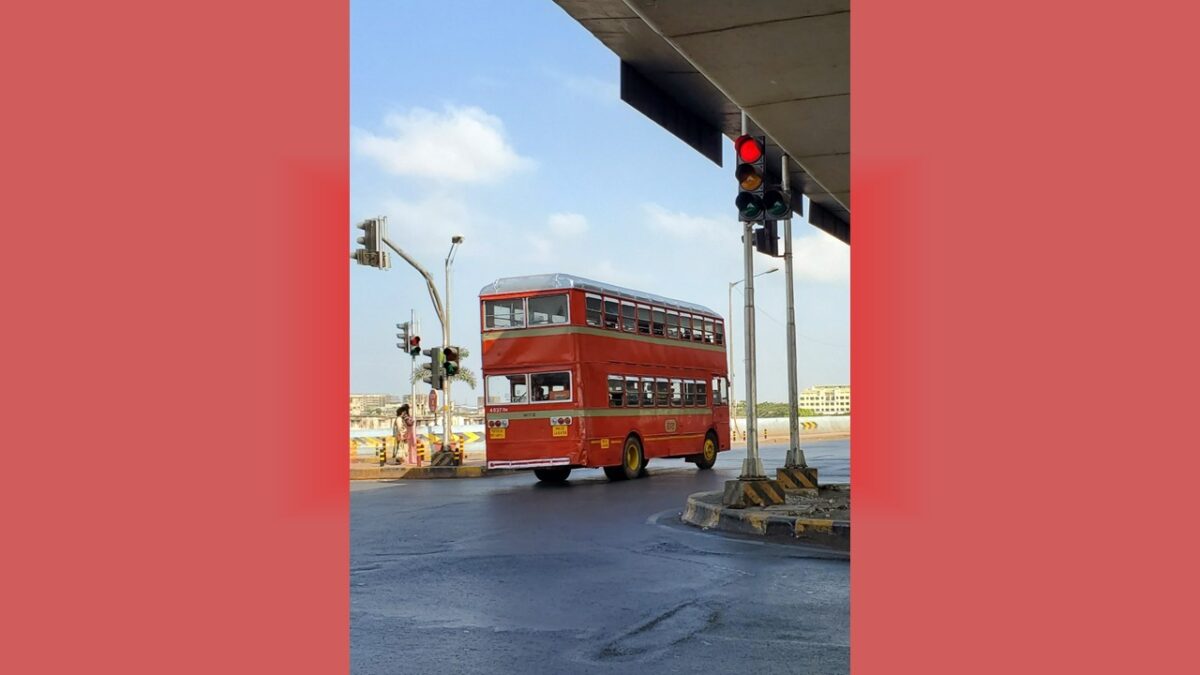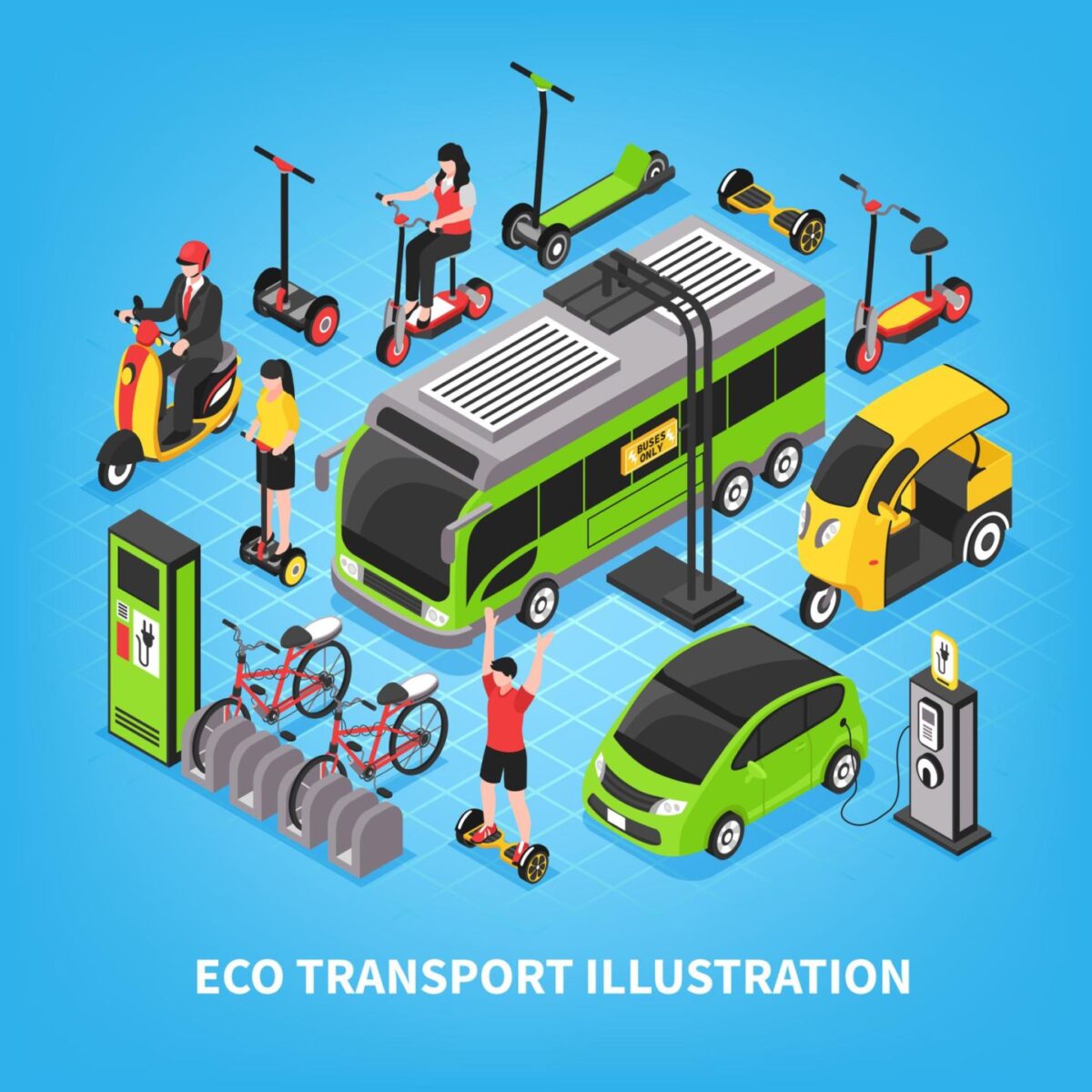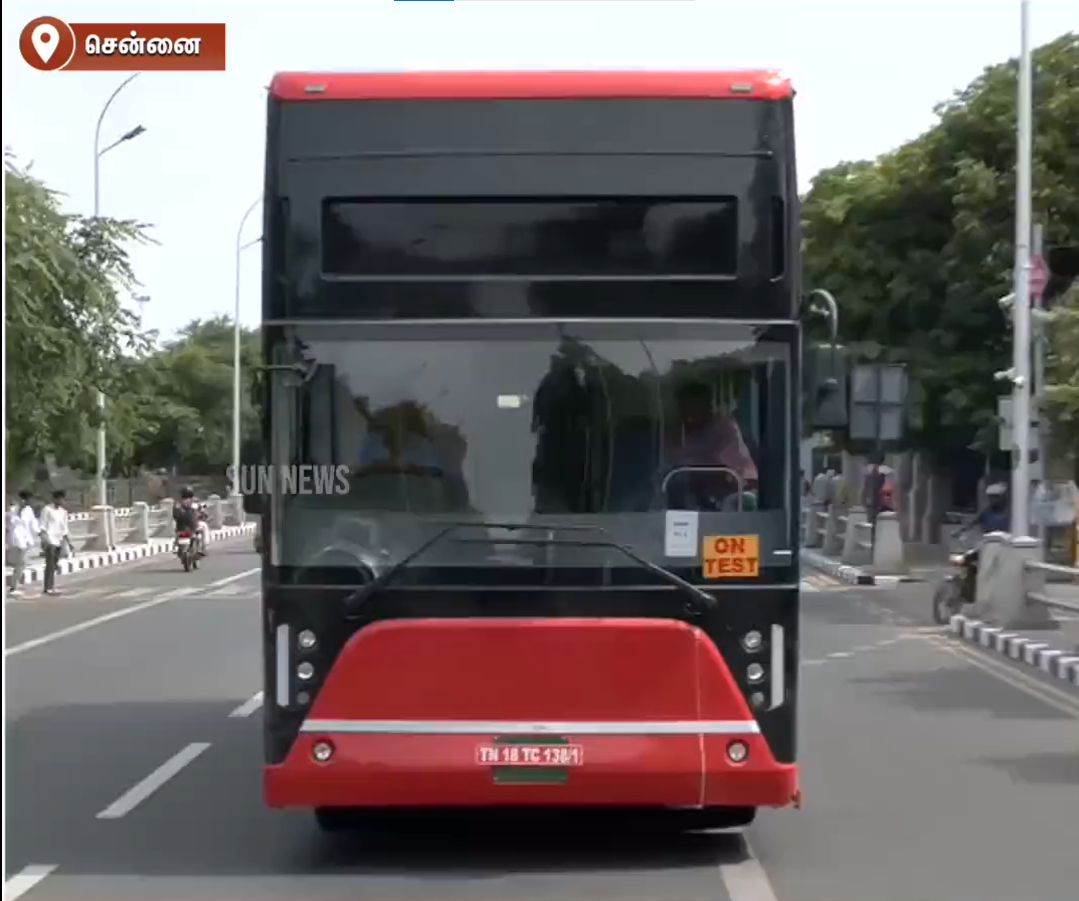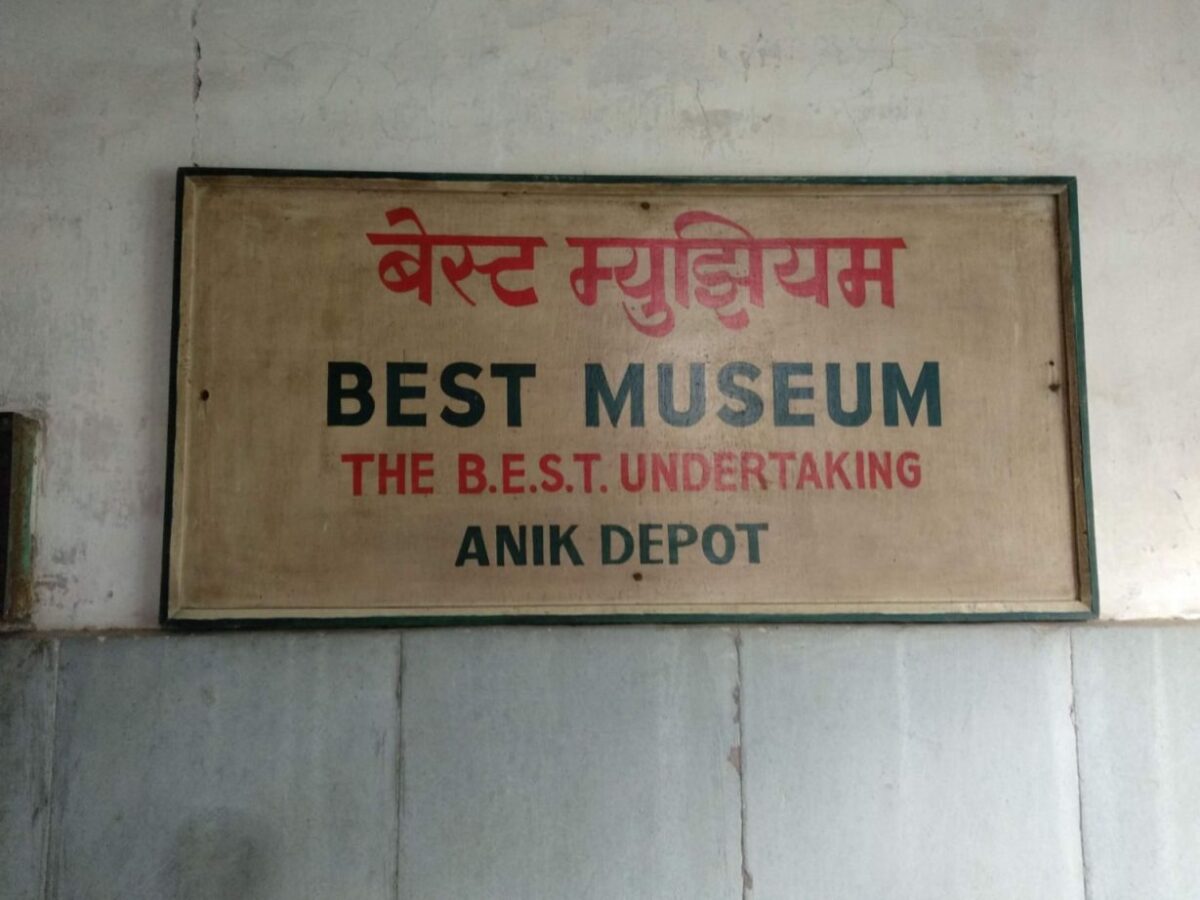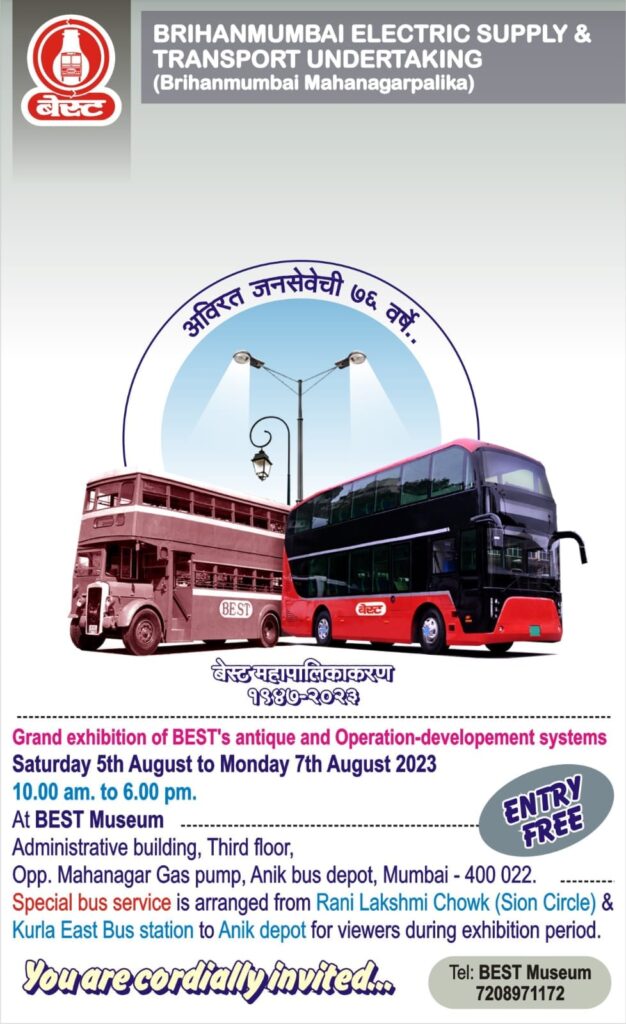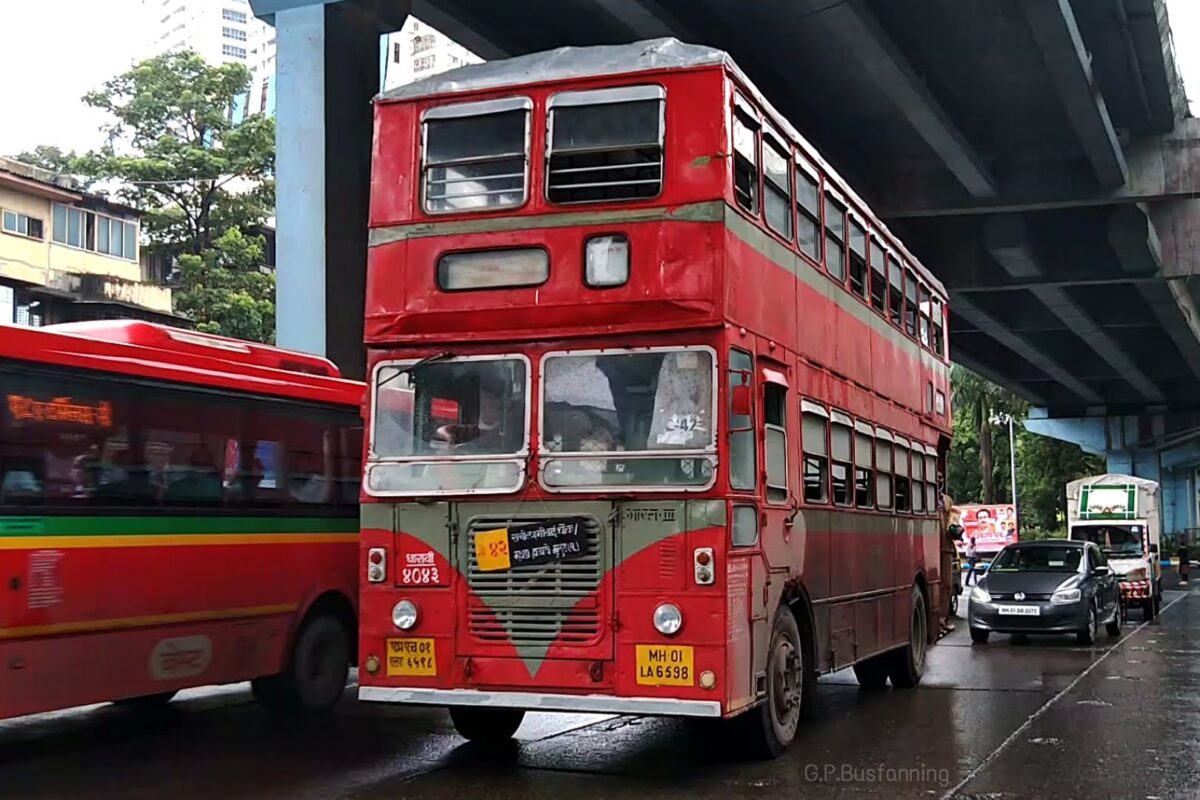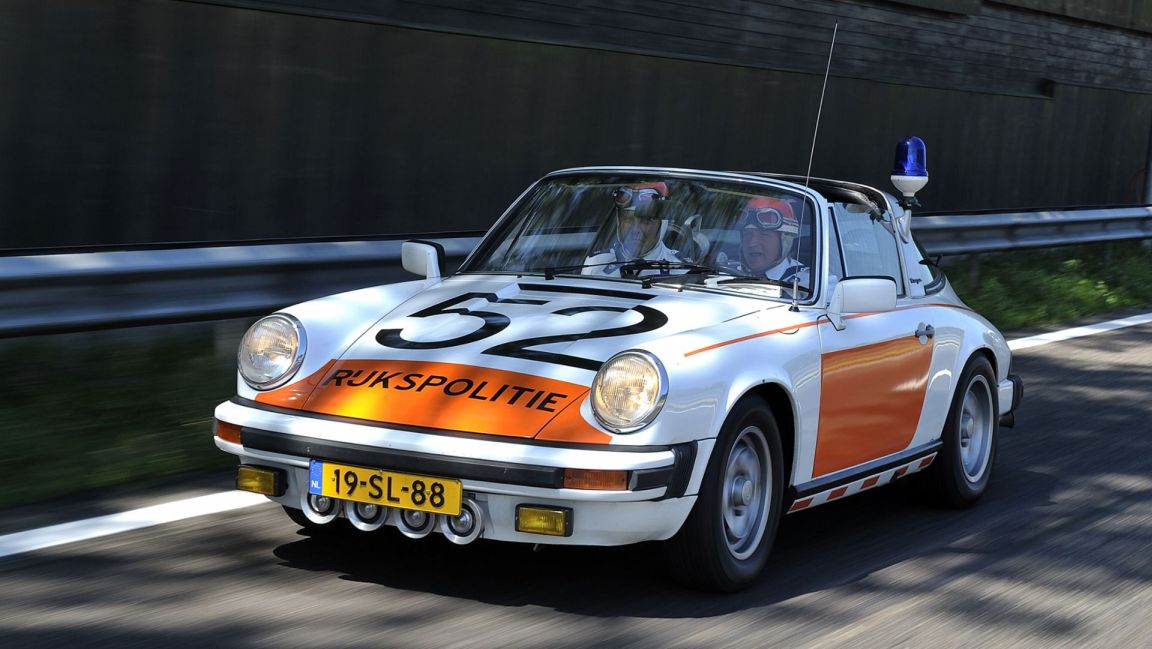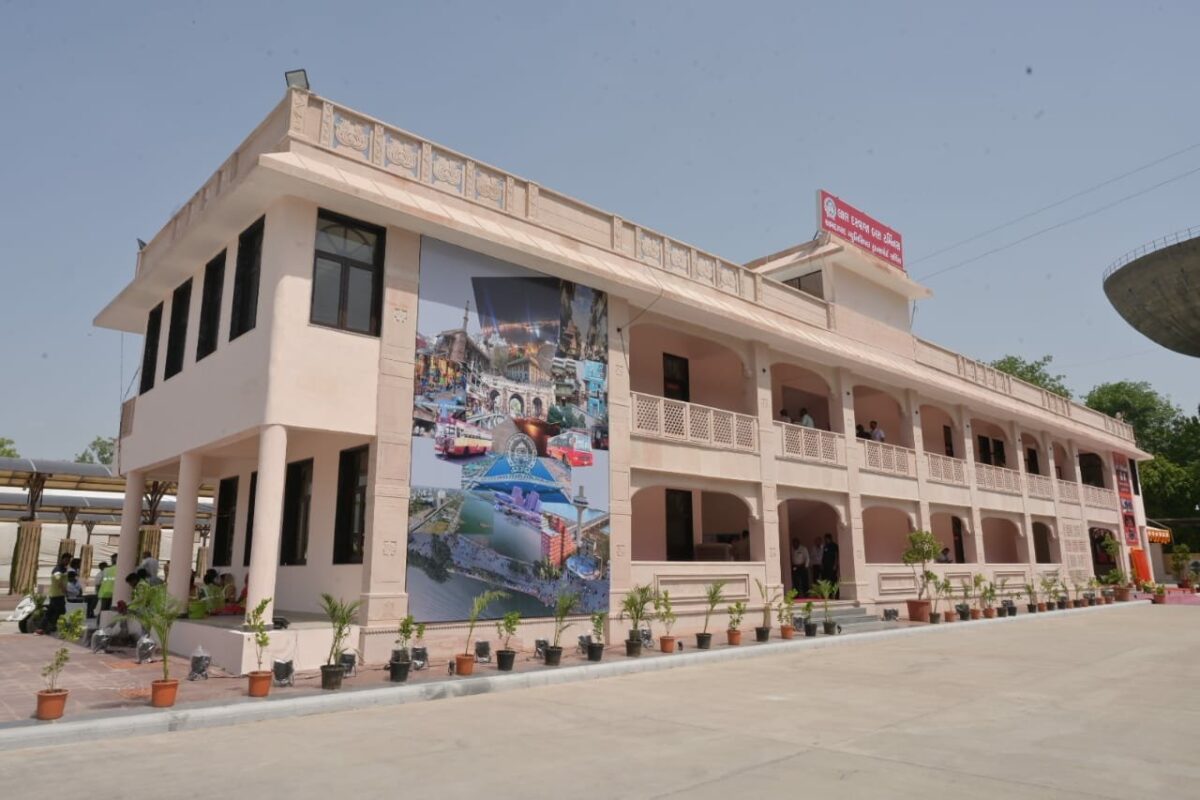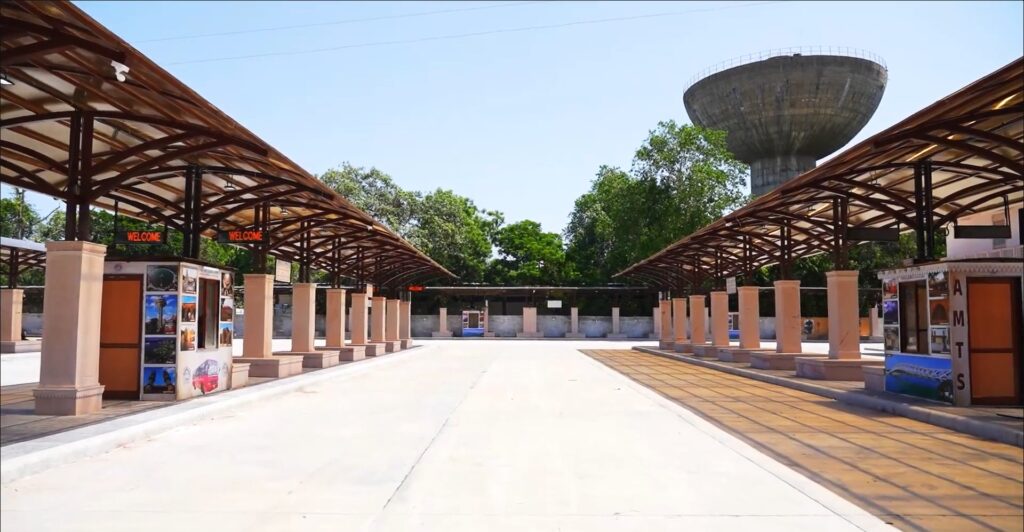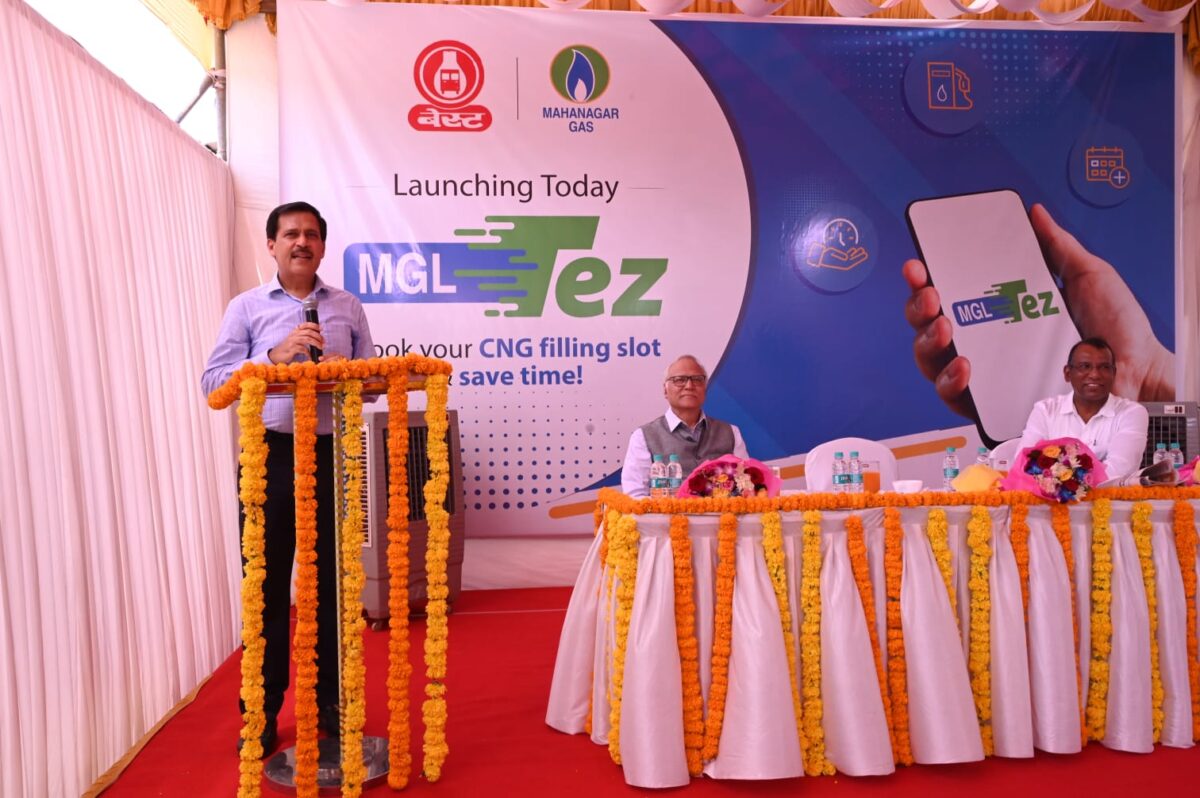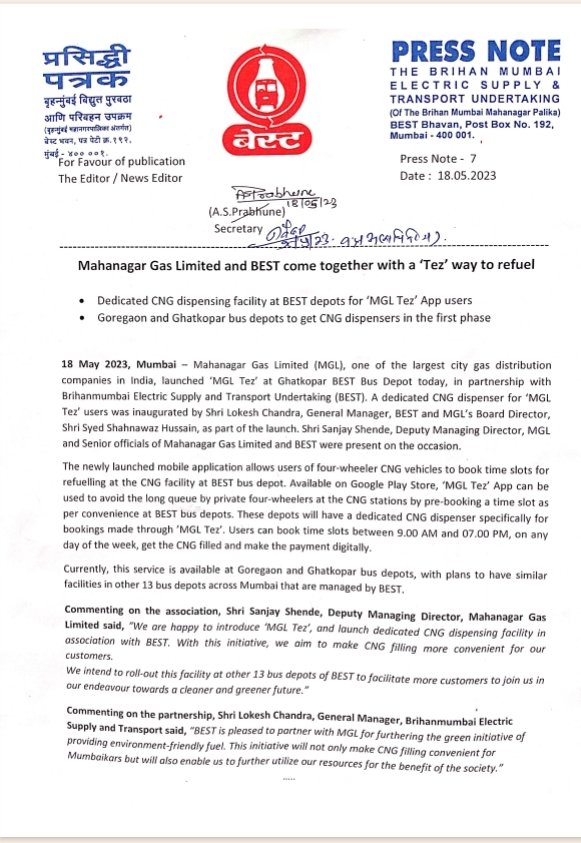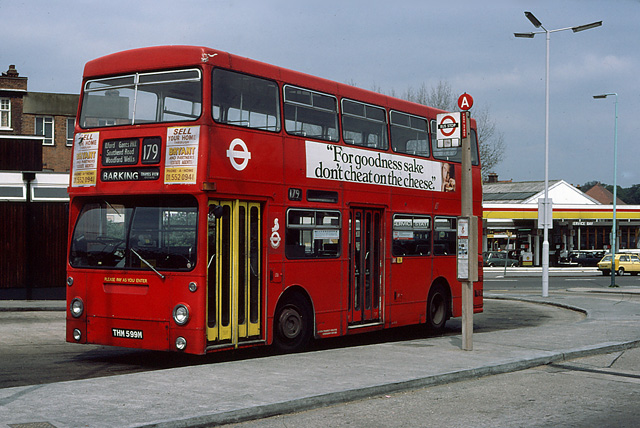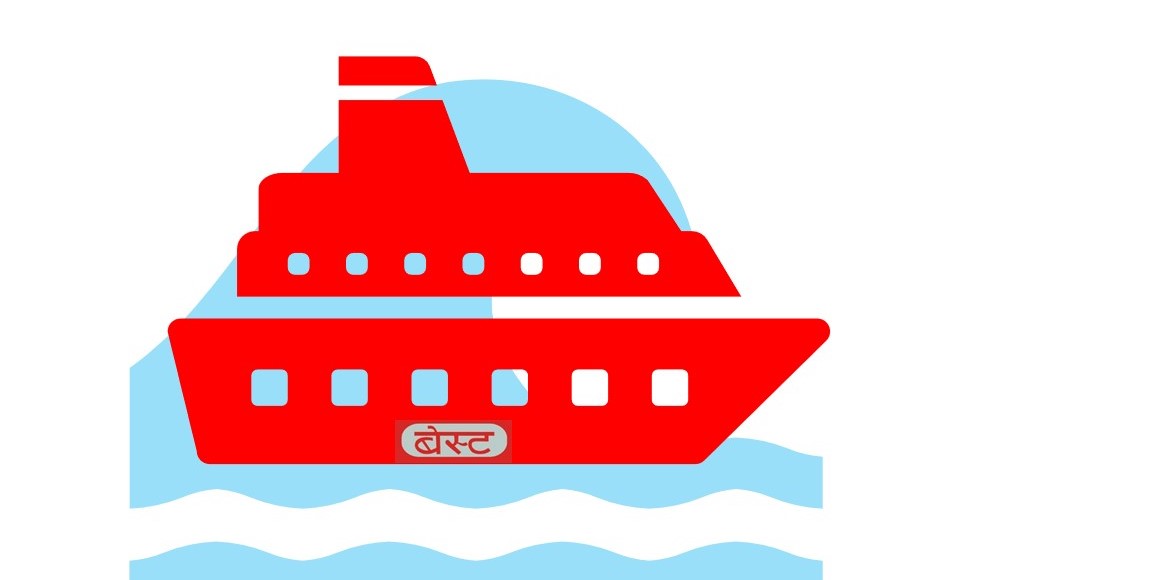Giving commuters in the suburbs a reason to cheer, the Brihanmumbai Electricity Supply and Transport (BEST) undertaking finally launched its much anticipated electric Double Decker fleet of Switch EiV 22 buses on route 310 (A-310) between Bandra Railway Station (East) and Kurla Railway Station (West) via the Bandra Kurla Complex. This sector was earlier services by the regular double-deckers on Route 310.
However, a slight snag affected the services resulting in several changes. The height of the old buses stood at 4.38m while the height of the new bus stands at 4.75m. This is problematic since all buses bound for Kurla Railway Station (West) have to take a U-turn under the Santacruz-Chembur Link Road’s double-decker flyover to reach the station.
BEST has decided to truncate the double deckers’ route at the MTNL Telephone Exchange while regular single-decker buses will continue on till Kurla. This height issue is expected to affect other routes as well, such as 313 between Santacruz Bus Station and Kurla Railway Station (West) and 332 between Agarkar Chowk (Andheri Station East) and Kurla Railway Station (West).
Interestingly, Mumbai’s suburban railway network hit a similar snag in 2016. When the Integral Coach Factory (ICF), Chennai sent the first AC train prototype, it was found to be 4.335m tall as opposed to the maximum permissible height of 4.25m due to several low-lying older bridges on the Central Railway line.
What will BEST do to solve this issue? That remains to be seen.
Update: It seems BEST has asked for a traffic signal to be installed at the junction of SCLR and SG Barve Marg so buses can directly take a right turn towards Kurla Station. This could potentially be problematic as the entire stretch of the road from the Eastern Express Highway to the Western Express Highway is being made signal-free. A signal earlier existed here when SCLR first opened up in 2014. It was a bottleneck as the junction also housed a water tank and pump-house on the median. This was later relocated in 2015 and the junction shut.
Prior to the construction of the SCLR towards the East of this junction, the original SG Barve Marg traveled from Kurla Depot signal on LBS Marg and turned towards Kurla Station. A flyover was built over LBS Marg between 2007 and 2012 and the road was re-aligned towards Kurla East, thus turning SG Barve Marg into a branch road.
In case you are wondering how buses access Kurla Railway Station (West) from Kurla West, here is a video by Gandharva Purohit that shows exactly how it works.
Featured Image: BEST Double Decker taking a U-turn under SCLR towards Kurla (Dharam Tiwari, via Twitter)
![]()
